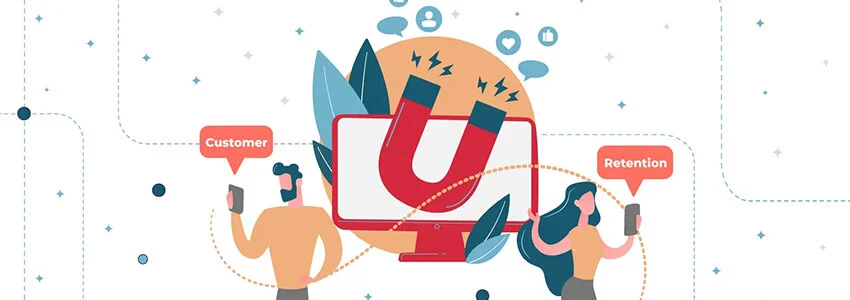The U.S. electoral campaign has become a data based battle since Barack Obama's candidacy in 2008. Detailed analyses of potential voters had been the tip of the scale by enabling highly targeted messages to bring undecided voters on board. The practice of a highly targeted communication has become known as microtargeting. Can businesses use this approach as well?
Microtargeting was developed out of data segmentation – a common practice in business that divides markets into individual segments in order to achieve a better targeting. Depending on the industry, various data are used to segment the market. Demographic aspects such as age, gender, income and education are usually part of the collected data. In B2B, information such as company name, yearly revenue and position play a vital role.
Businesses can gather much more detailed information on potential customers thanks to big data. Let us return to electoral campaigns to understand how this works. Other than the above mentioned demographic data, attitudes towards certain issues are just as valuable as geographic information when identifying undecided voters in the important swing states.
Microtargeting is marketing backed by data
There is no microtargeting without sophisticated databases, which is why it has only been used since the millennium. The databanks track voting behavior (party affiliation, frequency etc.) and connects this data to other available information that is mostly bought from commercial marketing vendors. Using cluster analyses, individual voting groups can be identified and mapped geographically. This data tells campaign managers which voting groups are determined to vote for which party and which voters might cast their vote in one's favor if they hear or read the right messages. These individual voter groups are classified under terms such as “environmentally conscious but conservative”.
Based on the analyses, various marketing instruments such as direct mail, email, calls, visits, text messages, online ads or radio ads deliver highly targeted messages to individual voter groups.
This approach can also be profitable for businesses and in a way, many businesses are already using this data-based approach to marketing. Marketing automation tools track user data and segment users into personas to deliver content to them that fits their interests and needs. A lead scoring model indicates whether these users are ready to make a purchase. However, marketing automation by itself does not provide the depth of data necessary for microtargeting.
Conclusion: Microtargeting can be valuable for political campaigns, organizations and businesses when they want to reach a great number of specific segments in a relatively large market. However, this takes a lot of effort. Not only is a lot of research required, but also sophisticated databases to make use of the extensive data. Once the market has been segmented into its many potential target groups, marketers need to invest time and budget into creating content tailored to each group.









